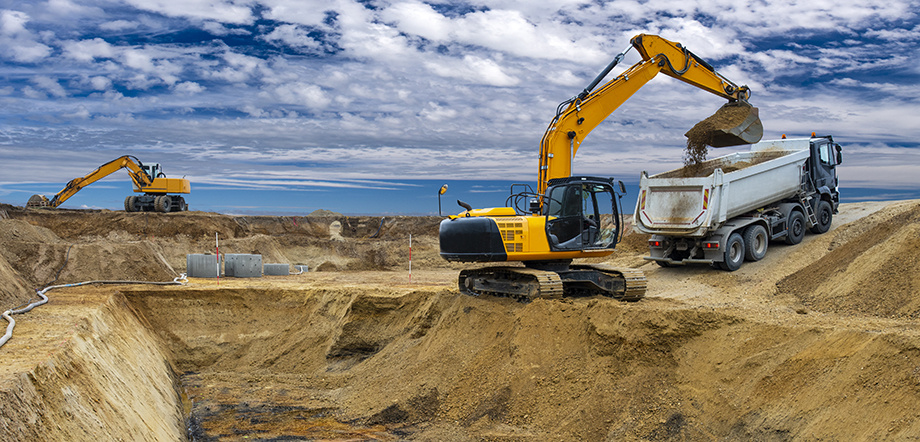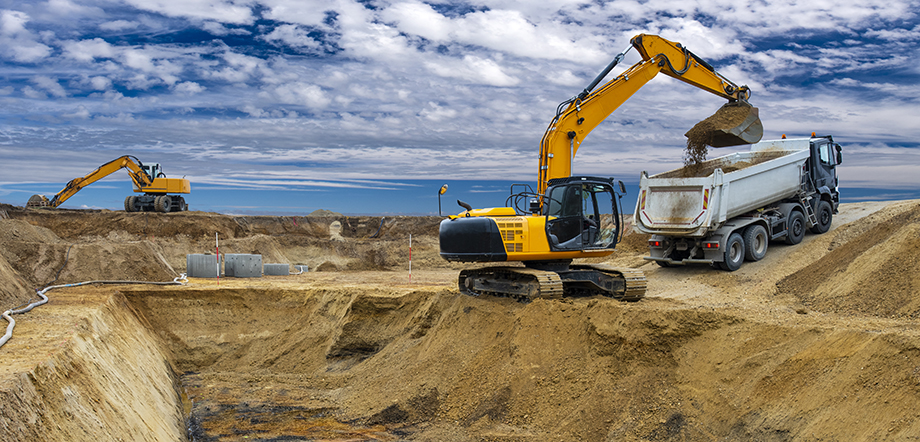Client Alerts
Ohio Releases Guidelines for $500 Million in Funding for Brownfield and Demolition Programs
December 2021

Client Alerts
Ohio Releases Guidelines for $500 Million in Funding for Brownfield and Demolition Programs
December 2021
In July 2021, Ohio’s 2022-2023 budget allocated $500 million in new brownfield funding under various development programs: $350 million for the investigation, cleanup, and revitalization of brownfield sites and another $150 million for the demolition of vacant or abandoned commercial or residential buildings.
The Ohio Department of Development (ODOD) will administer the funding and is charged with adopting rules governing eligibility. ODOD released the program guidelines for both the Brownfield Program and Demolition Program on December 7.
Brownfield Remediation Fund
With regard to the $350 million allocated for brownfield redevelopment, the budget bill together with the guidelines establish the following structure for the program:
Allocation of Funds Between Counties and ODOD
- $1 million in funding is reserved for one year for each of Ohio’s 88 counties.
- The remaining $262 million in funding is to be provided to eligible projects on a “first-come, first-served basis.”
Eligible Entities and Properties
A county, township, municipal corporation, port authority, conservancy district, or park district (i.e., “unit of government”) can apply. Both nonprofit and for profit organizations can apply but must have entered into an agreement with a unit of local government to complete the project.
To be eligible, a property must be considered a brownfield (i.e., known or potential releases of hazardous substances). Asbestos abatement projects also are eligible. Any entity that caused or contributed to the contamination is not eligible to seek funding but could transfer ownership to an eligible entity.
Max Grant Awards
Applicants can seek Phase II assessment grants up to $300,000 and up to $10 million in grant funding for cleanup/remediation. The total amount of grant funding awarded a project is at ODOD’s discretion; therefore, it will be critical for project applications to make a strong case for the level of funding sought in the application.
Cleanup/remediation costs that are eligible for reimbursement are:
- Any action to contain, remove, or dispose of hazardous substances (can include installation of engineering controls, excavation of contamination, or groundwater treatment costs);
- Up to 10% of the total request can be used for property acquisition costs;
- Installation and upgrade of infrastructure needed to the extent necessary for the economic development activity at the site; and
- Up to 10% can be used for administrative costs, including: submitting reimbursement requests, reporting obligations, professional fees associated with obtaining a Voluntary Action Program (VAP) No Further Action Letter or Covenant-Not-to-Sue, and Ohio EPA VAP fees.
Ineligible costs include:
- Costs to prepare the grant application;
- All legal costs; and
- Costs incurred prior to the date of grant award (i.e., costs already spent to investigate or remediate a brownfield are not reimbursable).
Match Requirement
There is no match requirement when applying for grants to a county for its dedicated $1 million in funding, but all applications for funding from general funds awarded by ODOD require a 25% match. However, costs incurred in the two years prior to the grant award are eligible for use as matching funds.
Three Rounds of Funding Anticipated
- Round 1: Opens December 7, 2021and closes January 31, 2022;
- Round 2: Opens March 1, 2022 and closes April 30, 2022; and
- Round 3: Opens July 1, 2022 and closes September 30, 2022.
Applications may be submitted during each open round. ODOD will review the applications and identify any deficiencies that must be corrected. Applicants will have 14 days to correct the deficiencies or risk rejection of their applications for that round of funding.
ODOD will award funding on a “first-come, first-served” basis as dictated by Ohio Revised Code section 122.6511(C)(3). Awards will be made until the funding runs out.
Applications
Detailed information must be included for a complete application, including but not limited to the following:
- Project description, including redevelopment plan;
- Current condition of the property;
- Number of anticipated new jobs and jobs retained;
- Total project costs, including the cost to complete a cleanup of the property under the Ohio Voluntary Program, asbestos abatement costs, demolition costs, and infrastructure;
- Supporting resolution or ordinance for the local government that is the project sponsor;
- Access or purchase agreement;
- Phase I/Phase II assessment reports;
- Match documentation; and
- Remediation plans.
Building Demolition and Site Revitalization Fund
The budget allocates $150 million for the demolition of commercial and residential buildings that are not brownfields:
- $500,000 in funding is allocated to each of Ohio’s 88 counties.
- The remaining $106 million in funding is to be provided on a first-come, first-served basis.
- Up to 75% of the project cost will be funded (i.e., a 25% minimum match requirement for funds that are not directly allocated to the Ohio counties).
- County land reutilization corporations (i.e., county land banks) will administer the program, and all funding will go through those entities.
- Each county must designate a “Lead Entity” to administer the program.
Eligible costs include the following categories:
- General Administrative Costs: General oversight of the program, bid preparation, historic reviews and assessments, etc.;
- Eligible Pre-Demolition Costs: 10% of the award can be used for acquisition costs and environmental assessments (Phase I assessments and asbestos surveys), etc.;
- Eligible Demolition Costs: Removal and disposal of asbestos, demolition of buildings, removal of underground storage tanks, regulatory permit, and inspection fees, etc.; and
- Post Demolition Costs: Site restoration (grading and seeding), repair of sidewalks, curbs, or catch basins, and landscaping and fencing (capped at $5,000).
Important Considerations
The Brownfield Program guidelines establish a maximum award of $10 million at the discretion of ODOD – a cap three times higher than any previous Ohio brownfield grant cap. Such a high cap will make possible very large brownfield redevelopment projects and increase the likelihood that the available funds will be used up quickly.
ODOD anticipates only three rounds of funding in 2022 to spend all $350 million in grant funds. ODOD also makes it clear that funding will be awarded on a “first come, first served” basis as required by the budget bill. The high grant cap together with the structure of the grant rounds is likely to set off a rush to submit project applications very quickly.
Projects without Phase II assessments can seek up to $300,000 in assessment money; however, it may be difficult for sites with no assessment performed to complete that work before the third round of funding. Sites that have already been assessed or are willing to pay for their own Phase II assessments will have a significant advantage in obtaining cleanup/remediation funding.
All sites must be cleaned up under the Ohio EPA Voluntary Action Program if the site is eligible. Alternative strategies to address environmental liabilities, such as Ohio’s Bona Fide Purchaser Defense, will not be eligible for funding based on the guidelines.
It is important to note that the application requires a significant amount of information – including site access or a purchase agreement, a full cost breakdown of the project, and a redevelopment plan – and that ODOD will simply reject incomplete applications from consideration for funding. In order to successfully position a project for funding, potential applicants will need to move quickly to gather the necessary information.
For more information on the Brownfield Remediation Program, visit ODOD’s website here. For more information on the Building Demolition and Site Revitalization Program, click here.
ADDITIONAL INFORMATION
For more information, please contact:
- Joseph P. Koncelik | 216.696.2373 | joseph.koncelik@tuckerellis.com
This Client Alert has been prepared by Tucker Ellis LLP for the use of our clients. Although prepared by professionals, it should not be used as a substitute for legal counseling in specific situations. Readers should not act upon the information contained herein without professional guidance.
